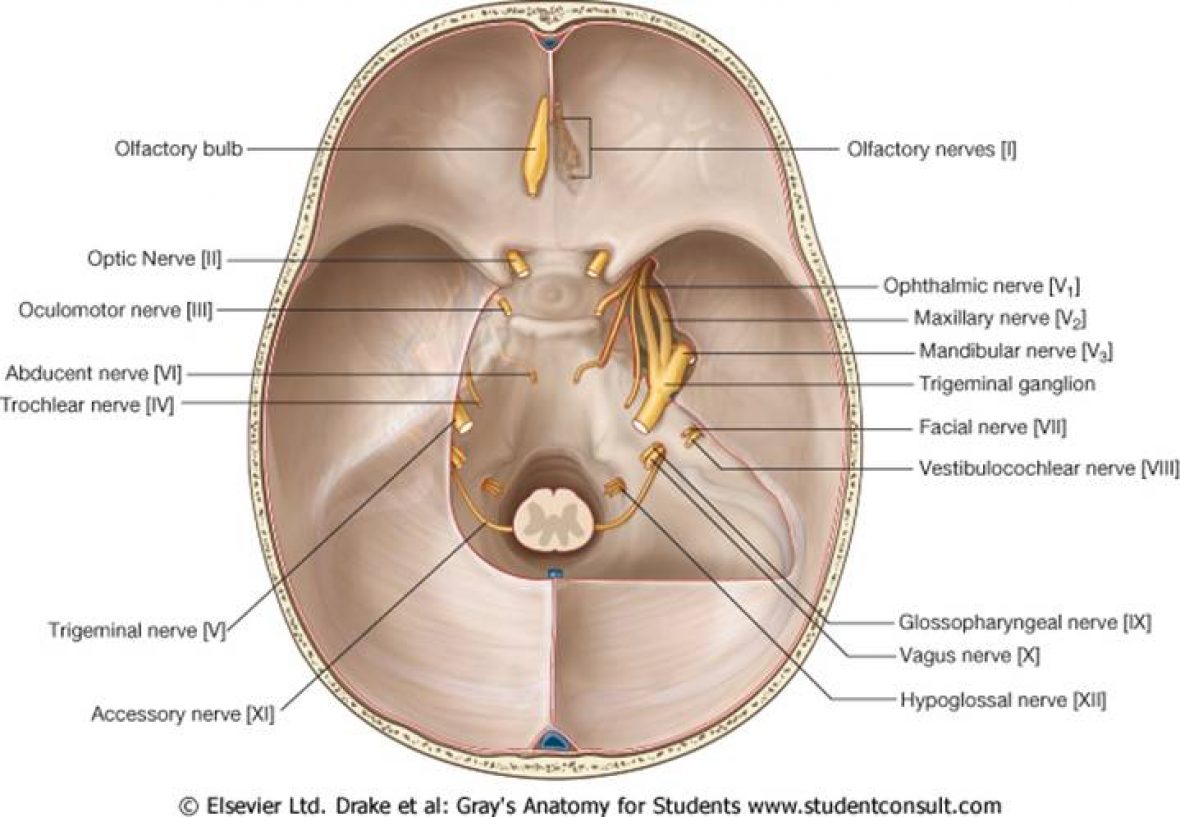The presence of a hyperdense lesion cresenteric occurring less than 72 hour presentation is a defined as an acute sub-dural haematoma.
Patients with rotational, low velocity have a poorer prognosis than high impact velocity injuries as those as in acute extra-dural haematoma. These patients have a much higher risk of diffusional axonal injury and significant neurological compromise. The risk of oedema, DAI, Contusions are the reasons why patients with acute sub-dural haematoma’s spend at least 48 hours in ITU sedated and ventilated.

Management
- ATLS Protocol (acute sub-dural haematoma often associated with significant trauma)
- Reversal of anti-coagulation
- Surgical Management. This is often dependent on the consultant and patients co-morbidites. The large trauma flap i.e a fronto-parieto-temporal craniotomy to evacuate the clot is a surgical management option.
- Whether the bone flap is often removed due to the risk of post-operative brain swelling is generally dependent upon the surgeon. A clinical trial currently taking place is the Rescue ASDH trial that randomises whether patients who undergo evacuation of an acute subdural haematoma should have the bone flap removed (i.e decompressive craniectomy+clot evacuation) OR craniotomy (bone flap replaced)
- An ICP line may be placed post-operatively if the bone flap remains in place to monitor the ICP
- Often these patients often require a mutli-disciplinary approach due to the risk of C-Spine Injuries, and other associated traumatic injuries.
Some Acute Sub-dural haematoma’s especially in elderly patients can be managed conservatively. Without significant neurological compromise, they can be sit on with regular neuro-obs because a craniotomy is a significant operation on elderly patients and hence can be sat on. Time is required for the blood to liquify, and hence become a chronic subdural that can be evacuated via Burr-Hole management which under circumstances can be performed under Local Anaesthetic.
Tip for exam:
Acute-Subdural Haematoma’s can’t be evacuated via Burr-Hole evacuation as the blood is too thick to be evacuated

